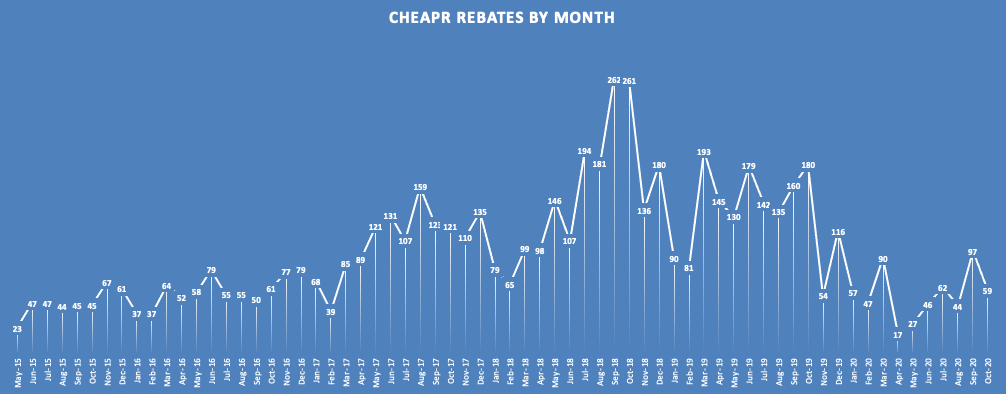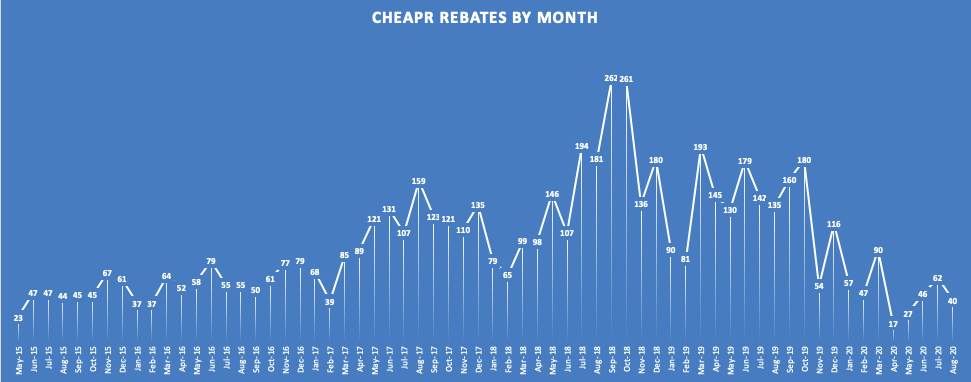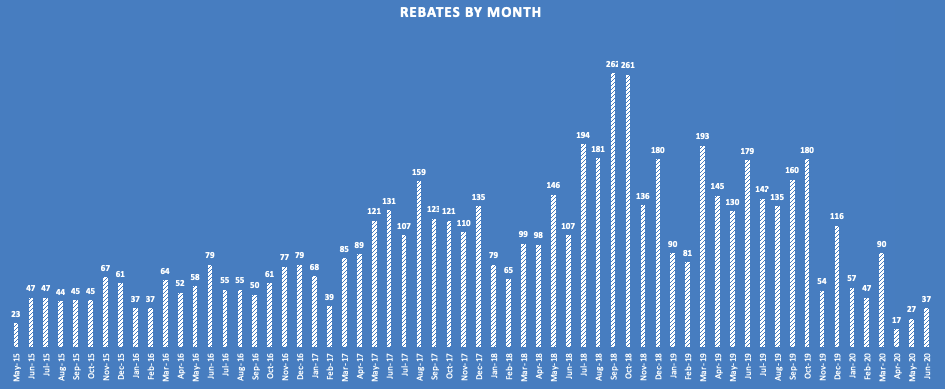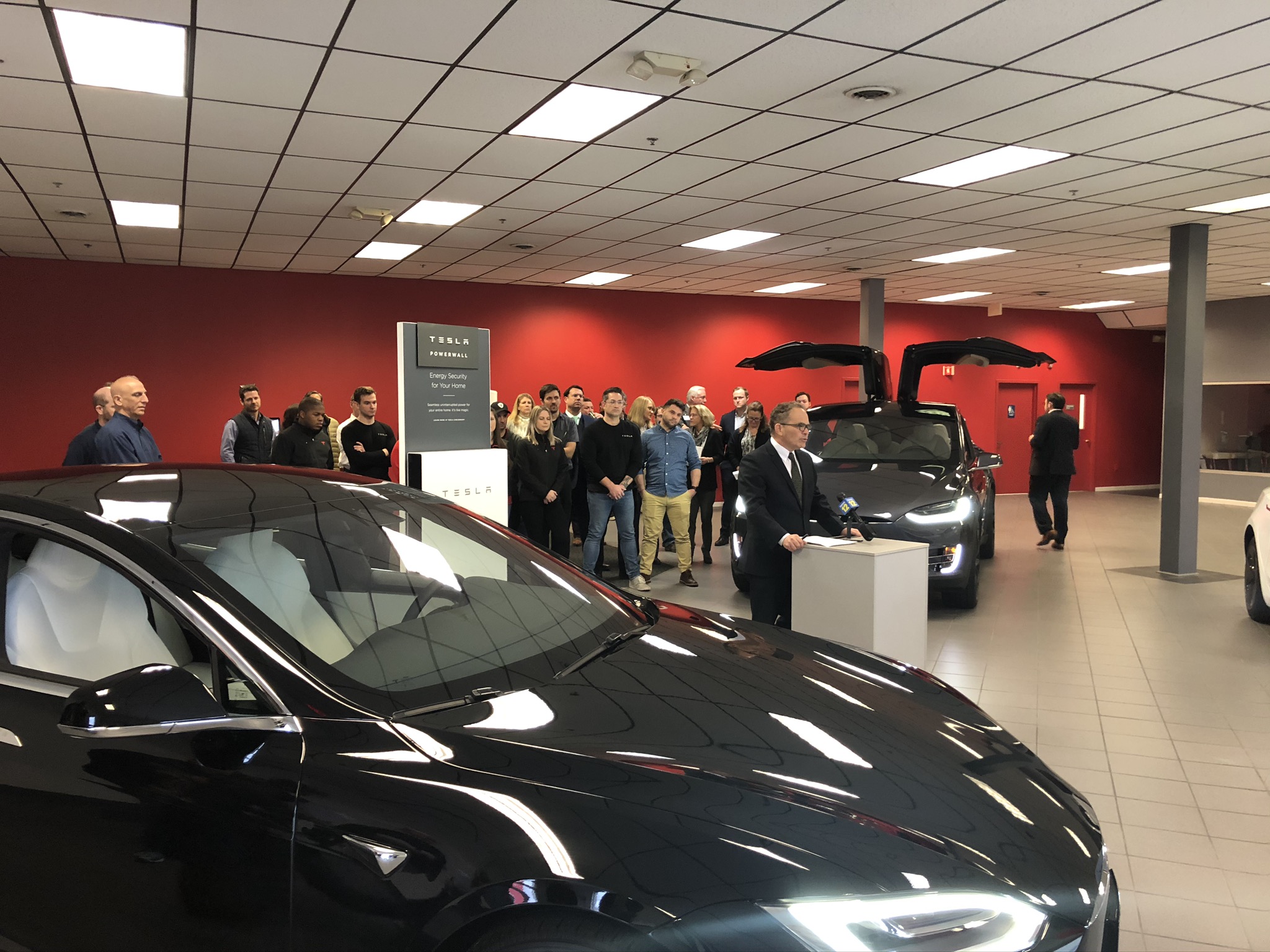Rivian Alerts Reservation Holders in CT, Urges Support of SB 127
Rivian mobilizes reservation holders for support For those holding reservations for an electric pickup truck or SUV from new EV-exclusive manufacturer Rivian, where and how they will get possession of their vehicle when deliveries begin … Read more









